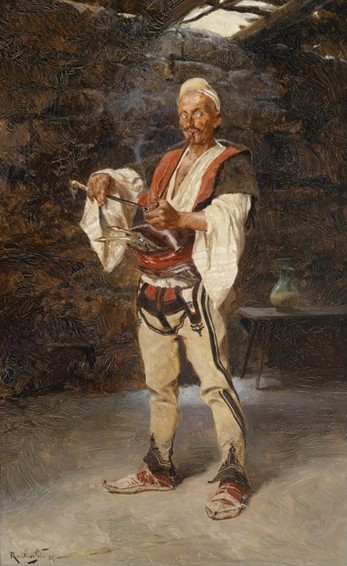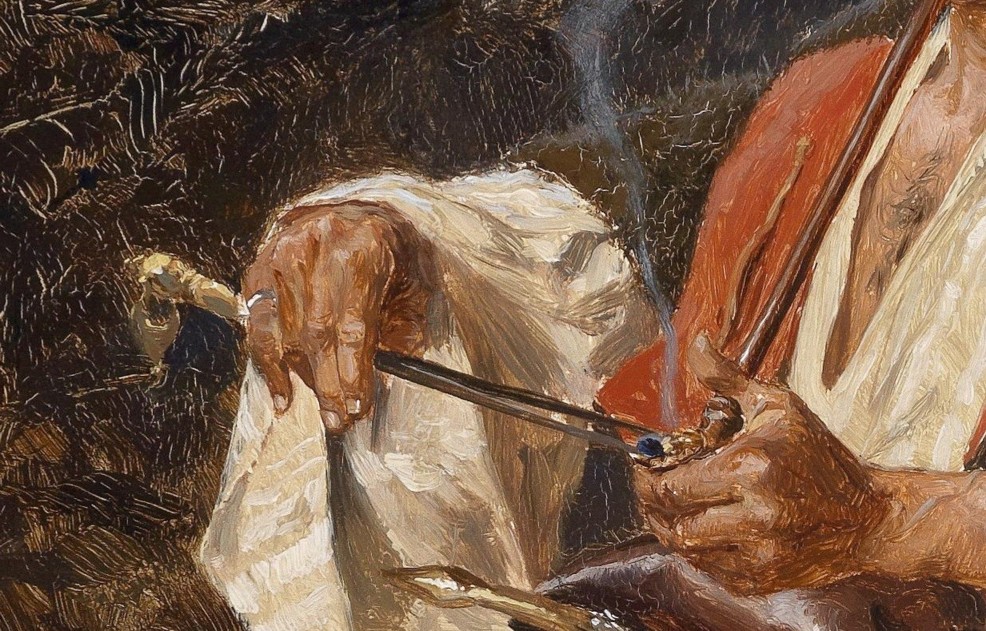
Why Ottoman pistols had false
ramrods?
When I first became interested in Islamic firearms from the Ottoman period I
noticed that most of the pistols had false ramrods. Thousands of pistols were
made for the tourist market, today we call them “wall-hangers”. These pistols
were primarily for decorative purposes and lacked any merit from a gunmakers
point of view and even less from a warriors’ perspective. Really, they were
rubbish and contributed enormously to the poor reputation and subsequent
collectability of these firearms.
I know now better with regard to the false ramrods. The Ottomans often fought on
horseback; a lose ramrod was sure to get dropped in the heat of battle. Rather
than adopt the tethered ramrod of some British and European pistols, the
Ottomans’ opted for a separate ramrod, known as a “Suma” which they hung from a
sash tied around the waist.
This was, in fact, a very practical solution because the ramrod or Suma was
designed to perform multiple functions.
The handle could be unscrewed from the body exposing a knife or, in the case of
this ramrod from my collection, a pair of tweezers.

In the below painting by Rudolf Otto Ritter Von Ottenfeld you can see an Ottoman
warrior using a ramrod identical to ours to hold an ember to light his pipe.


Michael Barnett
http://www.antiquefirearms.com.au